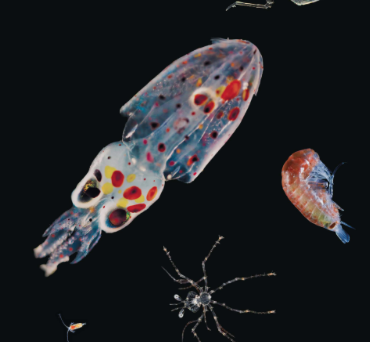New Scientist
Image: Christian Sardet/CNRS/Tara Expéditions
We’re a step closer to understanding the microbial community that inhabits the ocean – and it has some striking similarities to the community that lives inside our guts. The microbiome of the world’s biggest ecosystem and one of the smallest appear to function in surprisingly similar ways.
Microscopic plankton produce a large proportion of the oxygen in the atmosphere – amounting to half of all oxygen produced by photosynthesis – but we know very little about these organisms. The data collected by researchers aboard the schooner Tara will change that. Between 2009 and 2013, the ship sailed the world’s seas and oceans, collecting 35,000 plankton samples – both microbial and multicellular – from the upper layers of the water.
The first batch of the Tara studies is published today, and it reveals that planktonic marine life is far more diverse than anyone expected. For example, we already knew of about 4350 species of microalgae, 1350 species of protists and 5500 species of tiny animals, based on direct studies of their appearance. But the new genetic evidence suggests that there are probably three to eight times as many distinct species in each group as currently recognised. Read more on newscientist.com…








